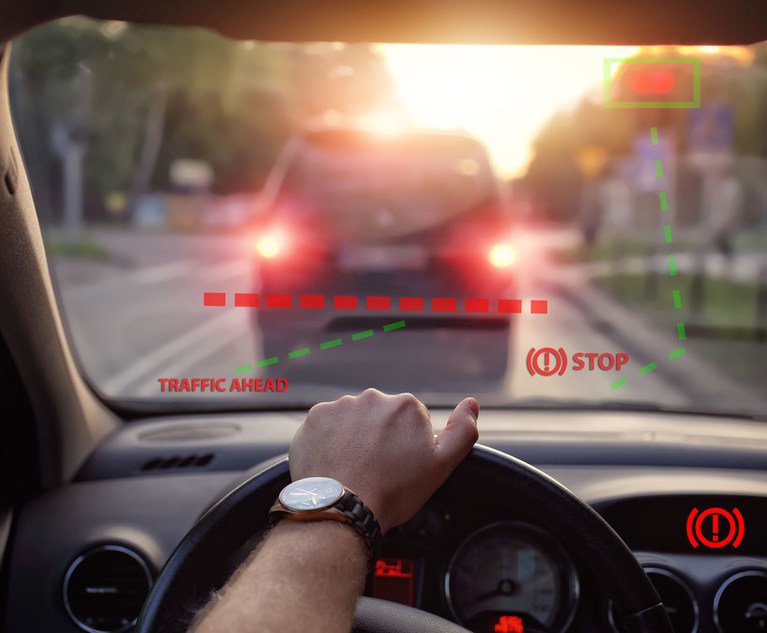 "Automatic emergency braking is proven to save lives and reduce serious injuries from frontal crashes, and this technology is now mature enough to require it in all new cars and light trucks," NHTSA Deputy Administrator Sophie Shulman said in a release. Credit: ambrozinio/Shutterstock.com
"Automatic emergency braking is proven to save lives and reduce serious injuries from frontal crashes, and this technology is now mature enough to require it in all new cars and light trucks," NHTSA Deputy Administrator Sophie Shulman said in a release. Credit: ambrozinio/Shutterstock.com
Automakers will be required to include automatic emergency braking (AEB) systems, including systems that can detect pedestrians, on all passenger vehicles and light trucks starting in September 2029, according to a final rule from the National High Traffic Safety Administration (NHTSA). This final rule applies to all U.S. light vehicles with a gross weight rating of 10,000 pounds or less.
Recommended For You
Want to continue reading?
Become a Free PropertyCasualty360 Digital Reader
Your access to unlimited PropertyCasualty360 content isn’t changing.
Once you are an ALM digital member, you’ll receive:
- Breaking insurance news and analysis, on-site and via our newsletters and custom alerts
- Weekly Insurance Speak podcast featuring exclusive interviews with industry leaders
- Educational webcasts, white papers, and ebooks from industry thought leaders
- Critical converage of the employee benefits and financial advisory markets on our other ALM sites, BenefitsPRO and ThinkAdvisor
Already have an account? Sign In Now
© 2025 ALM Global, LLC, All Rights Reserved. Request academic re-use from www.copyright.com. All other uses, submit a request to [email protected]. For more information visit Asset & Logo Licensing.








